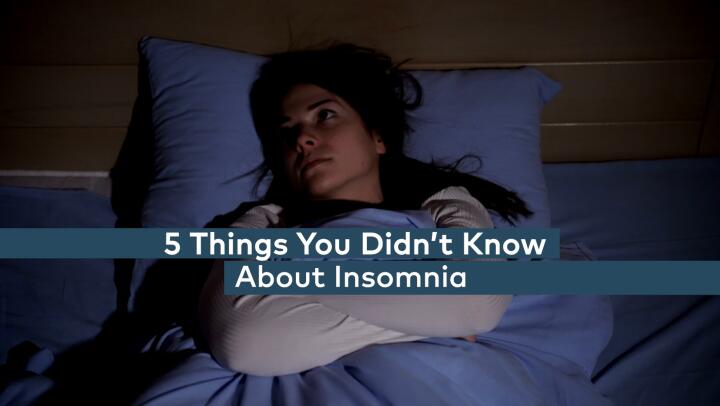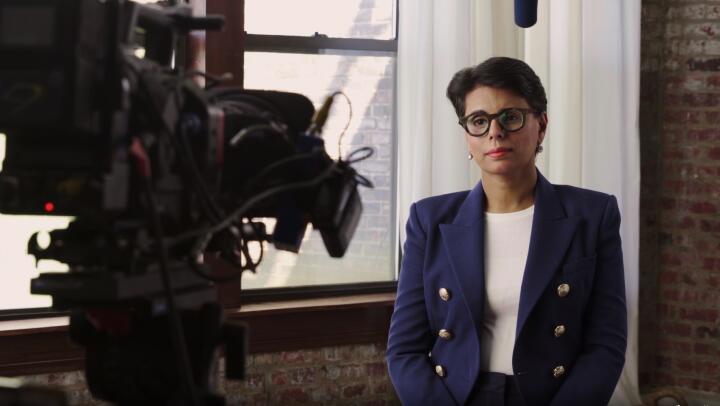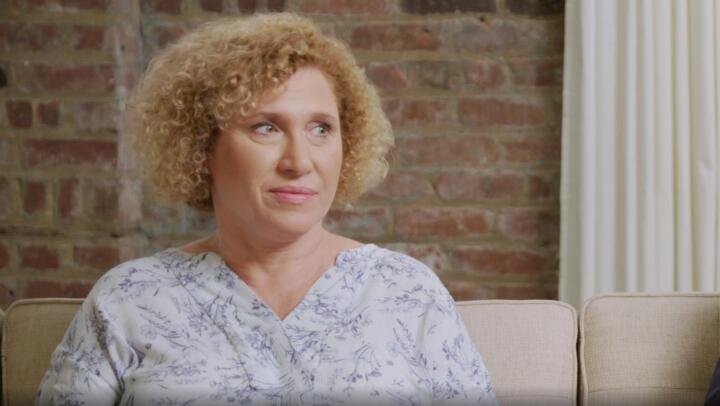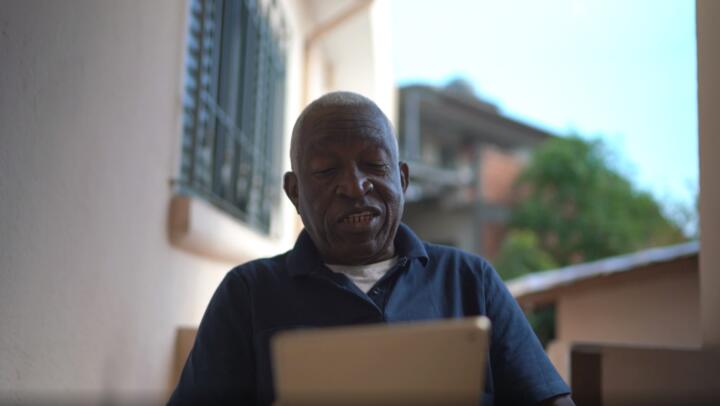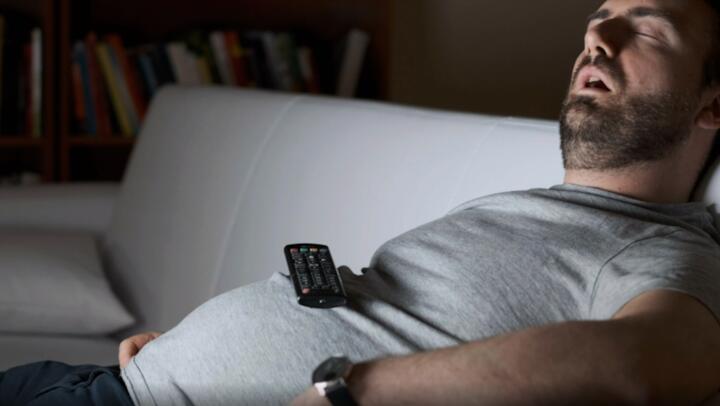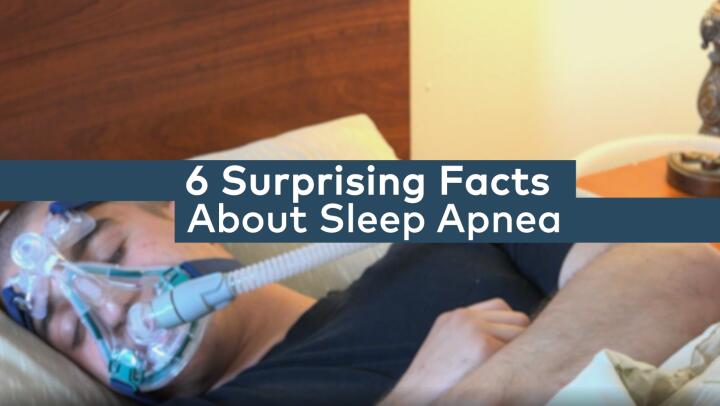As central sleep apnea can disrupt your quality of sleep, you might also experience symptoms during the day, such as sleepiness and a reduced ability to concentrate.
Read on to learn more about central sleep apnea. This article discusses the causes and symptoms of the condition, as well as treatment options and how doctors diagnose central sleep apnea.
What causes sleep apnea?
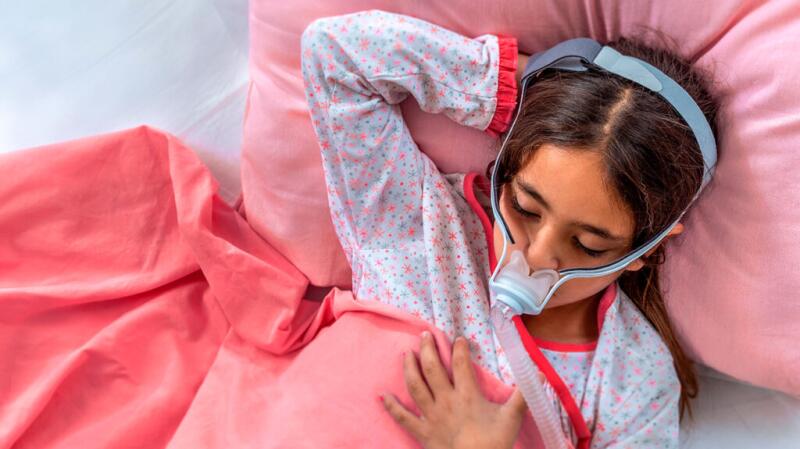
Central sleep apnea occurs when your brain is unable to send effective signals to the muscles involved in breathing.
While you sleep, and particularly during rapid eye movement (REM) sleep, output from the respiratory drive
Pauses in breathing are characteristic of central apnea, while shallow breathing is known as central hypopnea.
Contributing factors
There are links between central sleep apnea and various health conditions, particularly conditions that affect the brainstem. Other factors may also contribute to your risk of developing central sleep apnea.
Medical conditions that may lead to central sleep apnea include:
- heart conditions, such as:
- stroke
- brain lesions
- kidney failure
- genetic syndromes, such as Rett syndrome and Prader-Willi syndrome
- Chiari malformation
Other possible contributing factors include:
- taking opioid medications, such as:
- morphine
- methadone
- hydrocodone
- oxycodone
- fentanyl
- using continuous positive airway pressure (CPAP) for obstructive sleep apnea (OSA)
- living at a high altitude, typically over 2,500 meters (8,200 feet)
- being a certain age, as central sleep apnea is
more prevalent among older adults Trusted Source PubMed Central Highly respected database from the National Institutes of Health Go to source
Central vs. obstructive sleep apnea: What is the difference?
Central sleep apnea occurs when your brain is unable to send effective signals to your diaphragm and accessory muscles. This can result in either shallow breathing or pauses in breathing, also known as hypopneas and apneas, respectively.
With obstructive sleep apnea (OSA), you may also experience hypopneas and apneas. However, this happens due to obstructions to the airflow. Your airways can either partially or completely collapse as you sleep, preventing air from reaching your lungs.
OSA typically occurs as a result of your tongue and soft tissue in the upper airway, or the back of your throat, collapsing.
OSA is more common than central sleep apnea. Learn more about OSA.
What are the symptoms of central sleep apnea?
The symptoms of central sleep apnea can occur both while you are asleep and when you are awake.
Symptoms you may experience at night or while sleeping include:
- disrupted sleep
- frequently waking up
- insomnia
Bed partners of people with central sleep apnea may observe symptoms including:
- irregular breathing
- pauses in breathing
- snoring
These symptoms may also be present in people with OSA. Snoring with central sleep apnea is not usually as severe as it is in cases of OSA.
During the day or when you are awake, you may experience symptoms such as:
- excessive tiredness
- difficulty concentrating
- memory problems
- headaches in the morning
Contact your doctor if you experience symptoms of central sleep apnea.
How does positive airway pressure help with central sleep apnea?
Positive airway pressure (PAP) is a standard treatment for central sleep apnea. This can include:
- continuous positive airway pressure (CPAP)
- bi-level positive airway pressure (BiPAP)
- adaptive servo-ventilation (ASV)
CPAP is the first-line treatment for central sleep apnea, with a response rate of
BiPAP works in a similar way to CPAP. However, unlike CPAP — which has just one constant pressure — BiPAP alternates between an increased pressure as you breathe in and a decreased pressure as you breathe out. Some people find BiPAP more comfortable than CPAP.
ASV is similar to both CPAP and BiPAP. However, it adjusts to your breathing patterns while you sleep for increased stability. ASV may cause problems for people with heart failure, however, so make sure that you discuss this condition with your doctor before using an ASV machine.
Learn more about PAP therapy with these articles:
- 7 Benefits of CPAP Therapy
- CPAP Masks and Sleeping Positions: Finding the Right Match
- CPAP vs. BiPAP: What’s the Difference?
- 7 Tips for Sleeping With a CPAP Machine
- 8 Things to Know About Buying a CPAP Machine and Supplies
Are there any other treatments for central sleep apnea?
Treatments for central sleep apnea focus on stabilizing breathing and managing underlying health conditions.
Either alongside or instead of positive airway pressure (PAP), treatments can include:
- phrenic nerve stimulation
- supplemental oxygen
- certain medications
Phrenic nerve stimulation
In 2017, the
This implantable device stimulates the phrenic nerve in the chest, which sends signals to the diaphragm. This can stimulate breathing in cases where the brain is unable to send effective signals while you sleep.
Your surgeon will implant the Remedē System device under the skin in your upper chest area, and then they will insert the thin wires of the device into the blood vessels near the phrenic nerve.
The device will then monitor your respiratory signals while you sleep. When required, it will send signals to the nerve, which will communicate with your diaphragm to restore your breathing.
Supplemental oxygen
Supplemental oxygen
Nocturnal oxygen therapy may be particularly useful for people with heart failure and central sleep apnea.
Medications
Small studies into the effects of medications on central sleep apnea suggest that certain drugs
More long-term research is needed into the efficacy of specific medications for central sleep apnea.
When should I contact a doctor?
Contact your doctor as soon as you notice symptoms of central sleep apnea.
It is possible that the sleep apnea is occurring as a result of an underlying condition. Your doctor will be able to arrange tests to assist with diagnosis.
Learn more about the types of doctors who treat sleep apnea.
How do doctors diagnose central sleep apnea?
To diagnose central sleep apnea, your doctor will take a full medical history and carry out a physical examination. They will then likely refer you for a polysomnogram.
Polysomnography is a sleep study that usually takes place overnight in a sleep clinic. During the test, the somnologist will monitor your:
- breathing patterns
- oxygen levels
- carbon dioxide levels
They will also record how many apneas and hypopneas you experience during the test. For a diagnosis of central sleep apnea, you will typically experience at least five apneas or hypopneas per hour.
Learn more about how doctors diagnose sleep apnea.
What are the complications of central sleep apnea?
Complications of central sleep apnea can occur as a result of not getting enough sleep. Such complications can include:
- difficulty making decisions or solving problems
- mental health concerns, such as depression
- excessive tiredness that can result in an injury or accident, such as a motor vehicle accident
According to the National Heart, Lung, and Blood Institute, tiredness at the wheel results in around 100,000 car accidents each year, with around 1,500 related deaths. It is important to make sure that you avoid driving if you feel tired.
You may also experience complications as a result of any underlying health conditions. Contact your doctor as soon as you experience symptoms of central sleep apnea. They will be able to carry out tests to determine any underlying causes, and this can reduce your risk of related complications.
Learn about the relationship between sleep and memory.
Summary
Central sleep apnea occurs when the brain is unable to send effective signals to the muscles involved in breathing. This can result in either shallow breathing or pauses in breathing while you sleep.
Positive airway pressure (PAP) devices, including continuous positive airway pressure (CPAP) and bi-level positive airway pressure (BiPAP), are the main treatments for central sleep apnea. Other treatments include phrenic nerve stimulation and supplemental oxygen.
Contact your doctor if you have concerns about central sleep apnea. They will be able to refer you to a sleep clinic, and they will also be able to carry out tests to determine any underlying condition.




